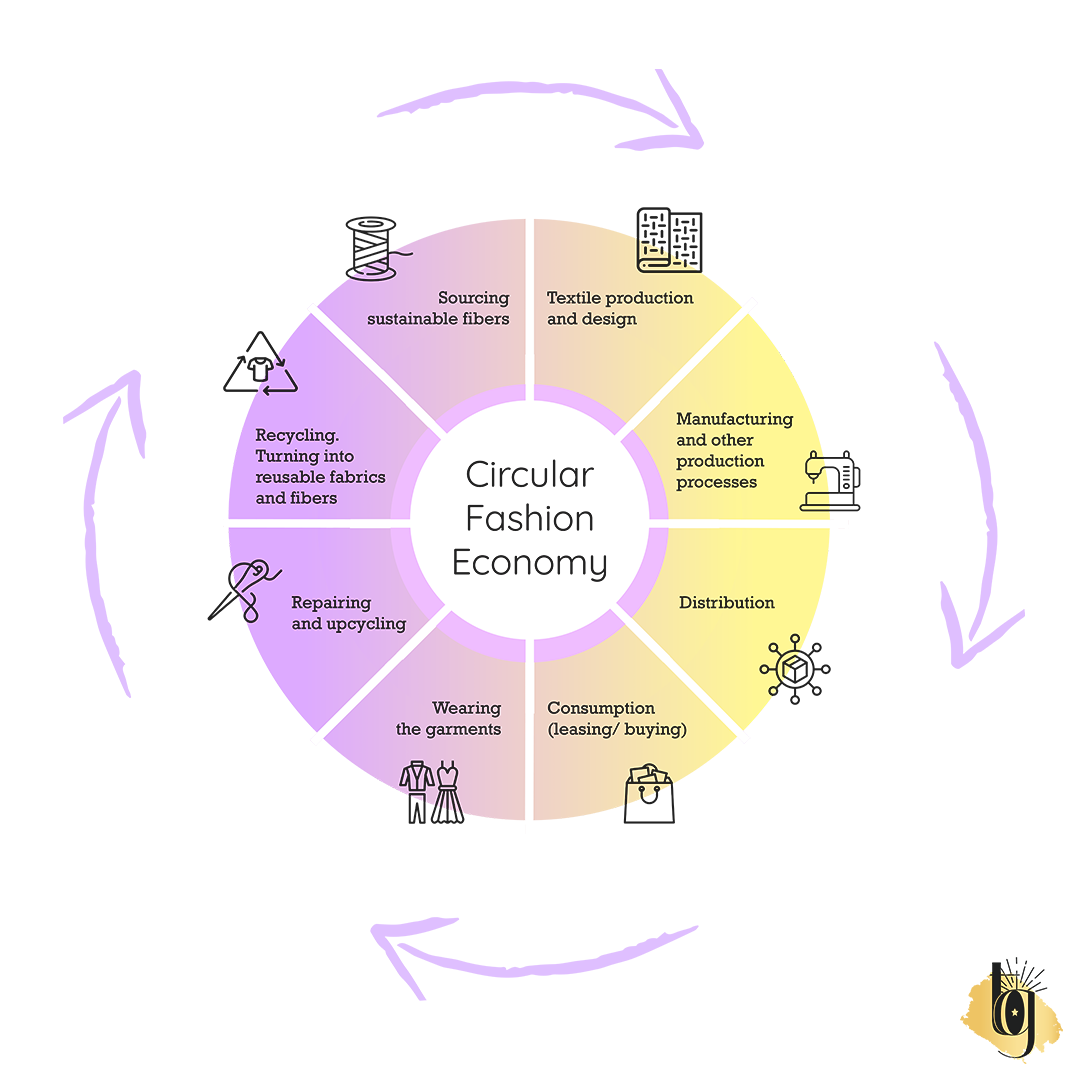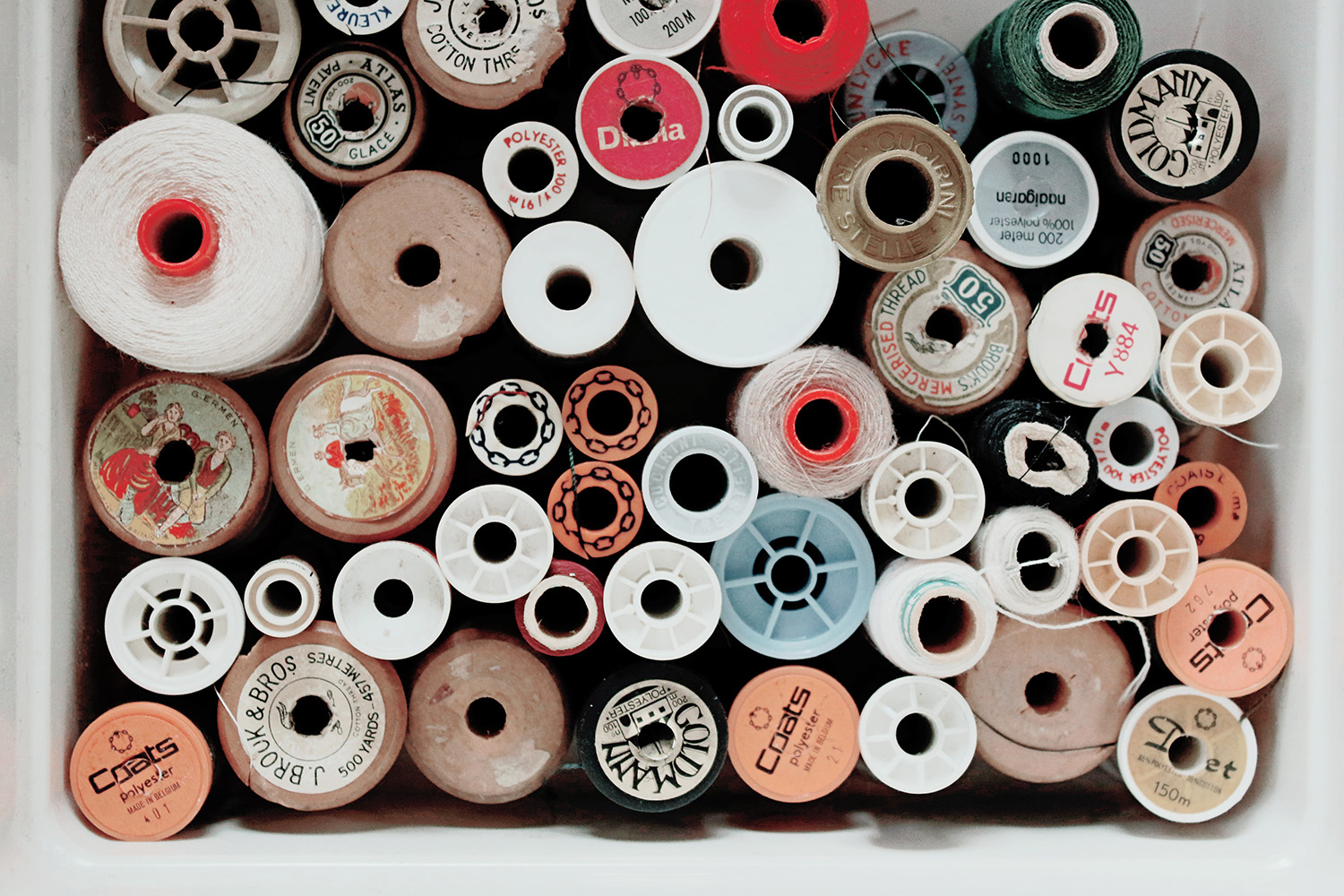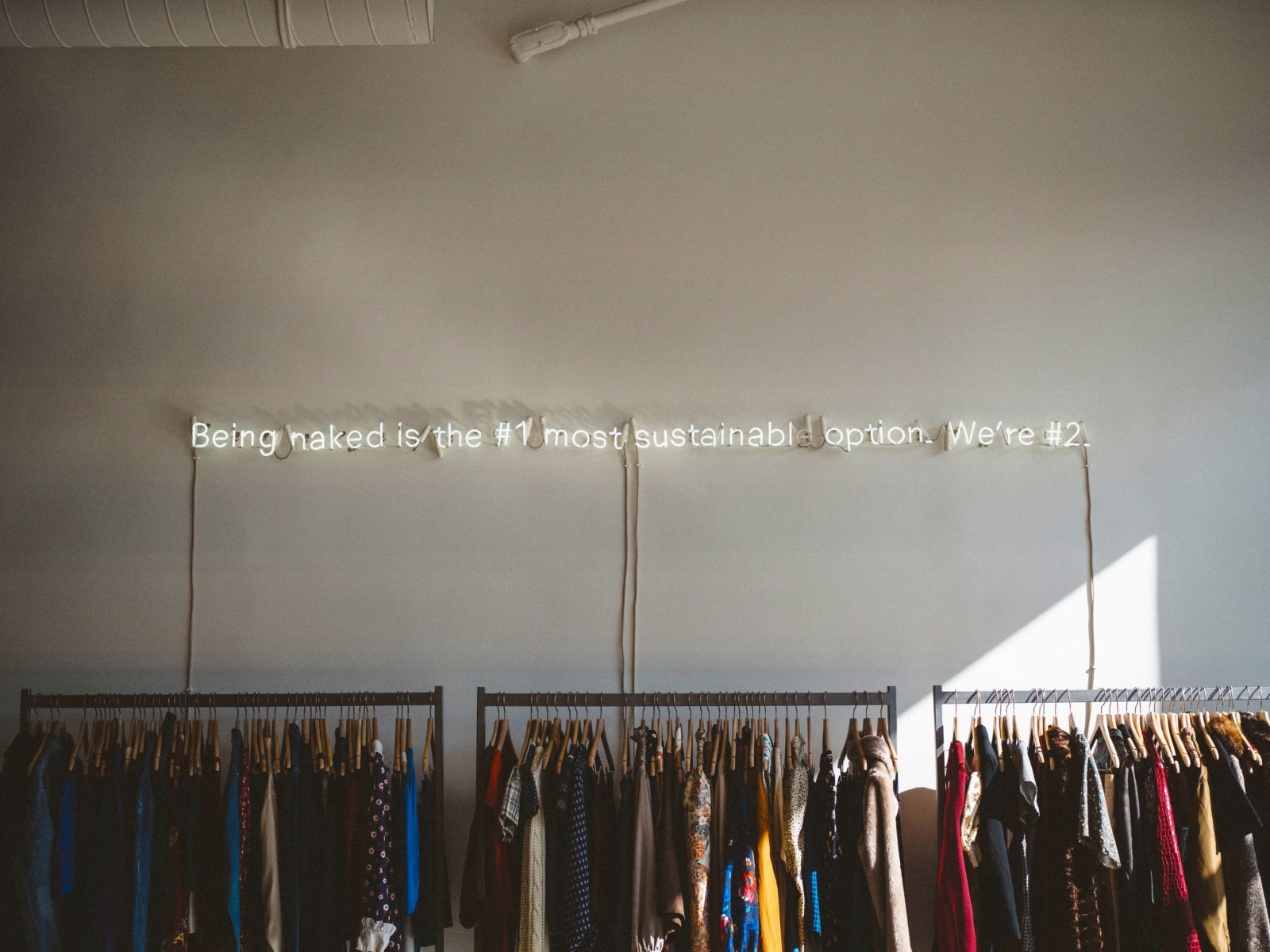It’s nothing new that the fashion industry is one of the most polluting industries in the world. 10% of global carbon emissions come from this industry. Furthermore, it’s second on water waste.
But the truth is that 85% of the clothes end up in landfills and even microplastic remains coming from polyester fibers can be found in oceans.
It’s a global problem and there are already some solutions going on to put an end to it.
One of these solutions starts by implementing a circular economy. It’s a system supported by the European Parliament and the European Council in which they value different environmental matters and the supply of raw materials taking into consideration innovation, growth, and employment creation practices.
This initiative pretends to put value in products, materials, and resources so they can keep circulating longer and that way avoiding waste production. Nowadays, our economy is lineal, that is when a product is no longer useful, its life ends there, there’s no harnessing of materials or pieces for other uses. However, in a circular economy, once we throw a product, it can be then reused and availed by other industries or within the same one.
In the fashion industry, circular economy it’s a viable process and more brands and companies decide to adopt.

Table of Contents
ToggleSourcing sustainable fibers
The process of the circular economy starts with sourcing sustainable fabrics.
These fibers cannot contain any toxic waste that can affect a person’s health or the environment.
Cotton is a natural fabric but its production has a big environmental impact. Cotton crops use high amounts of water and to avoid insect plages, they must use certain chemicals that can put croppers’ life and the environment in serious danger.
Organic cotton is a good alternative along with other natural fibers such as linen, hemp, jute, bamboo pineapple, or banana as well as many other new natural fibers.
Tencel is currently one of the most used natural fibers in a great variety of clothing including sportswear and underwear. Tencel is made from sustainably grown wood fibers.
Another option that many brands are considering is the recycling of old fibers from used clothing in order to create new clothes, especially when it comes to synthetic fibers. Synthetic polyester has many possibilities since it is quite a long-lasting material but it’s also quite contaminating as it is made with petroleum and releases microplastics during washing. That’s why we talk about “recycled polyester“, recycled plastics in order to create polyester fabrics in a sustainable way.
Textile production and design
That a product uses sustainable fibers, it doesn’t mean that its whole process is also sustainable. It also implies that the designer works on a sustainable design and adapt it in order to use 100% of the materials purchased for the manufacturing of the clothing. The main goal is to avoid textile waste which is a big environmental issue.
“Zero Waste” is a pattern technique that is used in order to avoid fabric waste in the cutting step.
Manufacturing and other production processes
If the design of a certain piece of clothing requires a different finish, you need to pay attention to its environmental consequences. Did you know that in order to make jeans with a washed effect, they use highly polluting chemicals and dyes?
Nowadays, new laser technologies can recreate this effect without any health risk, even though there are very few brands that follow this technique.
The production process can also be sustainable if companies make use of new technologies by using machines that promote energy saving with renewable energies.

Distribution
Distribution is the next step. 14% of carbon emissions come from transportation. Which are the main means of transport that you will use to deliver clothes to the stores? An idea is working with logistic companies with sustainable practices and use electric transportation.
Consumption
A very important step in this cycle is sustainable consumption, and it only depends on us.
Making sustainable choices implies wondering if we really need this piece of clothing and avoid compulsive purchases. To do so, it’s very important to understand our own style. By getting to know our style and consumption habits we will be able to make better purchasing decisions.
Encouraging local shopping or looking for different alternatives such as renting for special events or even monthly renting services to wear brand new clothes every month. That way, you will never get bored of your closet and will find new clothes that you never thought of wearing but after trying them out, they become part of your wardrobe-essentials.
Wearing the garments
After you make a purchase and wear it, you want to make the most of it and making it last as long as possible. To do so, we will have paid attention to how the garment is made and the quality of the materials. But it’s also important to take care of it.
Each material has different care needs that will appear on the tag of each garment. This will tell us how we should wash it and keep it in order to get the most of it.
Repair and upcycle
The goal is to keep a garment as long as we can. If it requires any repair, we can do it ourselves or bring it to a professional who is able to fix that tiny hole.
If you don’t wear a garment anymore and you think that by fixing it and turning it into a brand new piece, you will wear it more, go for it. Upcycling is another way to recycle your old clothes in which you put to use your creativity to make the most of a garment.
Recycling. Turning into reusable fabrics and fibers
Recycling and the transformation of fibers would be the last step but it is followed by the first one we already mentioned, the sourcing of sustainable fabrics.
We can give a second life to our clothes by taking them to recycling facilities. H&M, for instance, has been implementing for years its own garment collecting service for fiber recycling which then use in its own sustainable collections.
Every step within the circular economy is important and we are part of it. One of the most asked questions is if this system is actually a solution for all the problems that the fashion industry is facing. It solves most of them but the circular fashion economy has some limitations. Production is still very high for the demand and this a big problem when it comes to dead stock after every season. For this reason, a balance between consumption and production is highly important followed by the implementation of a circular economy.

